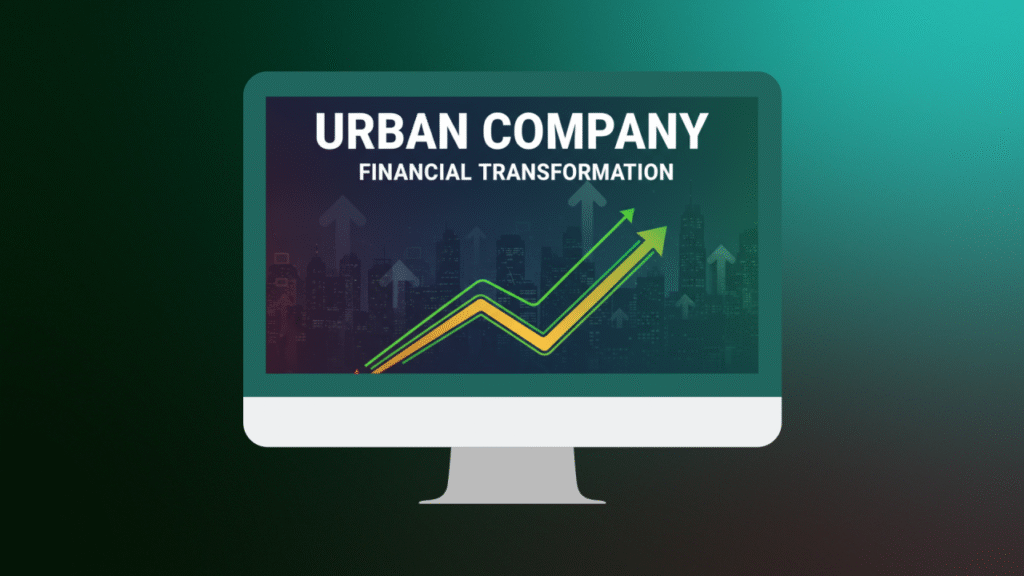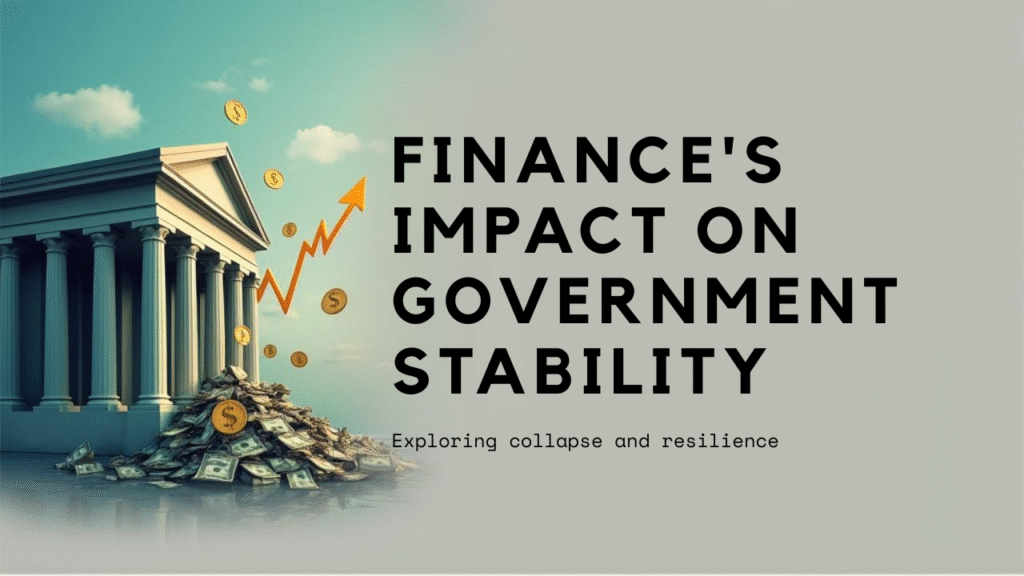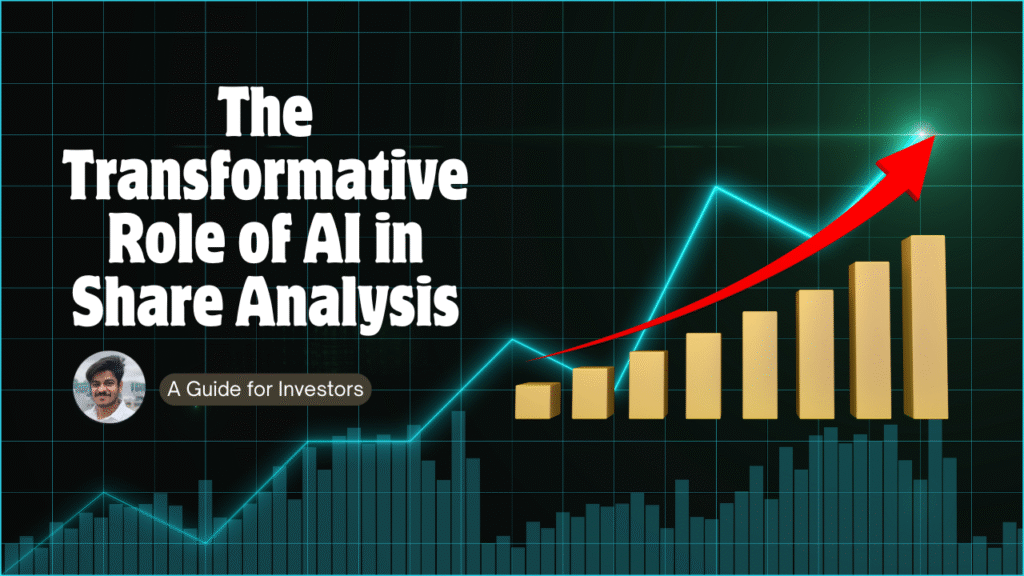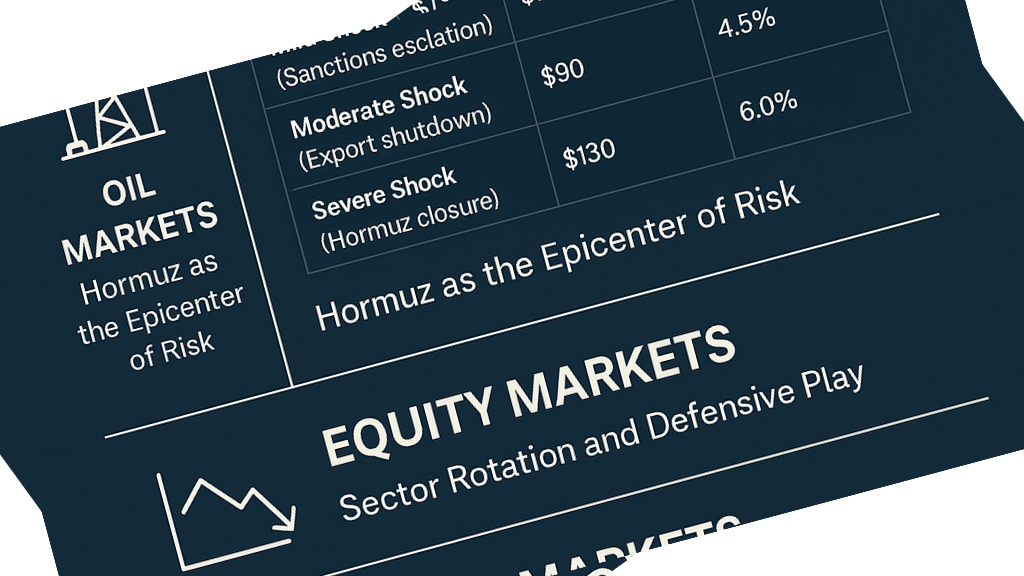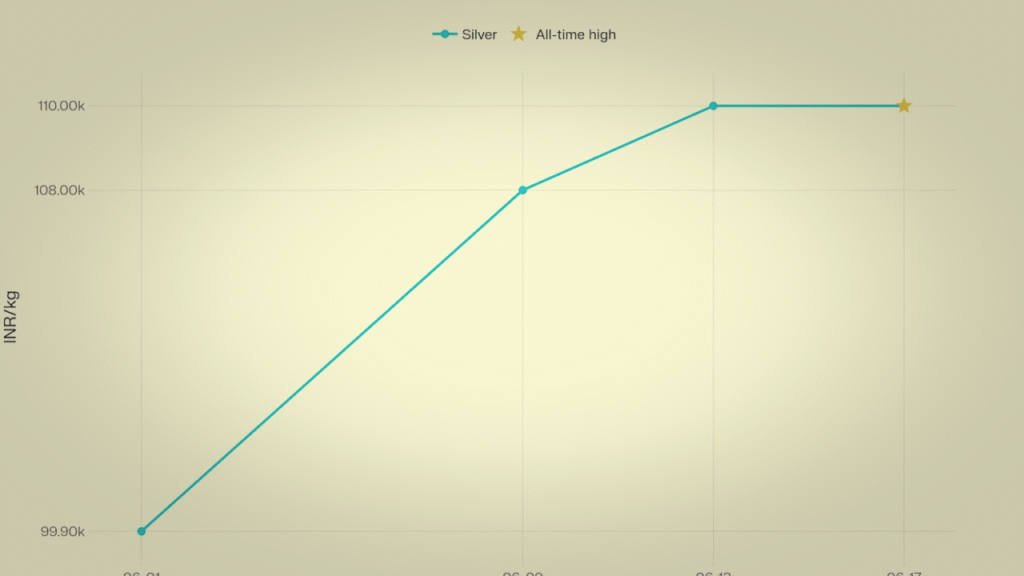Urban Company’s Financial Transformation: From Losses to Profitability (2020-2025) | Finance Professional India
Urban Company Limited has undergone a remarkable financial transformation over the past five years, evolving from a loss-making startup to a profitable enterprise with robust revenue growth. Revenue Growth: A Story of Consistent Expansion Urban Company demonstrated exceptional revenue growth with a compound annual growth rate (CAGR) of 39.24% from 2020 to 2025. Profit and Loss The company’s revenue trajectory shows a consistent upward trend: 2020: ₹218.64 crores (base year) 2021: ₹247.65 crores (13.27% growth) 2022: ₹437.58 crores (76.69% growth – highest single-year growth) 2023: ₹636.60 crores (45.48% growth) 2024: ₹828.02 crores (30.07% growth) 2025: ₹1,144.47 crores (38.22% growth) The most significant growth occurred in 2022, with a 76.69% increase, likely reflecting the company’s expansion during the post-pandemic recovery period. Urban Company Revenue Growth Analysis (2020 – 2025) Profitability Turnaround: The Path to Success Urban Company’s most impressive achievement has been its transition from substantial losses to strong profitability. The company endured significant losses in its growth phase but achieved a remarkable turnaround in 2025: Loss Phase (2020-2024): 2020: Net loss of ₹155.18 crores (-70.98% margin) 2021: Net loss of ₹249.28 crores (-100.66% margin – worst performance) 2022: Net loss of ₹514.14 crores (-117.50% margin – highest absolute loss) 2023: Net loss of ₹312.48 crores (-49.09% margin – improvement begins) 2024: Net loss of ₹92.77 crores (-11.20% margin – significant improvement) Profitability Achievement (2025): 2025: Net profit of ₹239.77 crores (20.95% margin) This transformation represents a swing of over ₹752 crores from the lowest point in 2022 to profitability in 2025. Urban Company Profitability Trajectory (2020 – 2025) Operational Efficiency Improvements Employee Cost Optimization Urban Company successfully optimized its employee cost structure, demonstrating improved operational efficiency: 2020: 63.8% of revenue 2021: 91.7% of revenue (peak inefficiency) 2022: 101.4% of revenue (exceeded revenue) 2023: 59.3% of revenue (significant improvement) 2024: 41.6% of revenue 2025: 30.6% of revenue The dramatic reduction from over 100% of revenue in 2022 to just 30.6% in 2025 indicates successful workforce optimization and productivity improvements. Cost Structure Analysis The company’s cost management efforts are evident across multiple expense categories: Raw Material Costs: Increased from ₹64.40 crores (2020) to ₹225.36 crores (2025), but as a percentage of revenue, remained relatively stable Selling & Administrative Expenses: Rose significantly during the growth phase but were managed effectively in 2025 at ₹403.16 crores Other Income: Consistently grew from ₹44.44 crores (2020) to ₹116.45 crores (2025), contributing to profitability Balance Sheet Strength and Capital Structure Equity Expansion Urban Company underwent a significant capital restructuring in 2025, with equity share capital increasing dramatically from ₹0.02 crores to ₹48.98 crores, indicating a major fundraising round or restructuring event. Balance Sheet Asset Portfolio Investments: Grew from ₹478.60 crores (2020) to ₹1,091.07 crores (2025) Cash & Bank: Maintained strong liquidity with ₹590.68 crores in 2025 Working Capital Management: Receivables increased to ₹26.60 crores, reflecting business growth Debt Introduction The company introduced borrowings in 2024 (₹104.50 crores) and 2025 (₹120.29 crores), indicating strategic leverage for growth financing. Cash Flow Analysis: Path to Positive Generation Urban Company’s cash flow patterns reveal the typical trajectory of a high-growth technology company: Operating Cash Flow: Consistently negative through 2024 but turned positive in 2025 with ₹54.56 crores, marking a crucial milestone in operational maturity. Cash Flow Investment Activity: Heavy investments, particularly in 2022 (₹1,086.63 crores outflow), likely for technology infrastructure and expansion. Financing Activity: Major funding rounds, especially in 2022 (₹1,382.63 crores inflow) and 2025 (₹163.88 crores inflow), supporting growth initiatives. Strategic Outlook and Key Takeaways Urban Company’s financial transformation represents a successful execution of the typical startup growth playbook: Growth Investment Phase (2020-2023): Prioritized market expansion and customer acquisition over profitability Efficiency Focus (2024): Implemented cost optimization while maintaining growth momentum Profitability Achievement (2025): Successfully balanced growth with profitability The company’s 39.24% revenue CAGR, combined with its achievement of 20.95% net profit margins in 2025, positions it as a mature, profitable enterprise in the on-demand services sector. The positive operating cash flow generation in 2025 further validates the sustainability of its business model. This transformation from a ₹514 crore loss in 2022 to a ₹240 crore profit in 2025 demonstrates Urban Company’s ability to scale efficiently while building a sustainable, profitable business model in the competitive urban services marketplace. Quantitative Illustrations (Extracted from the RHP)
